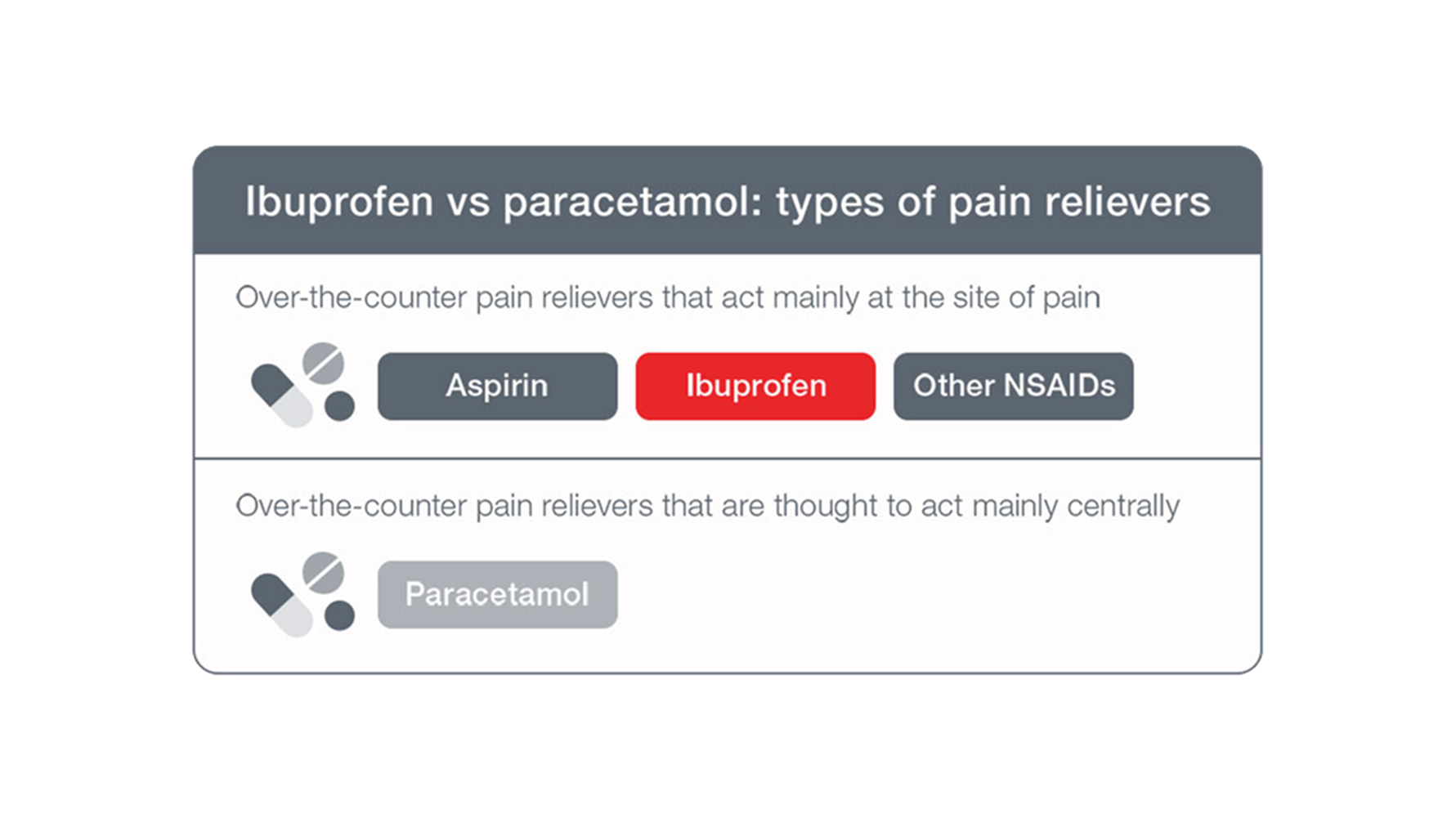How does paracetamol work?
No one knows exactly how paracetamol works, but scientists think that it works mainly in the central nervous system (the brain and the spine). Paracetamol is thought to reduce the intensity of pain signals to the brain. It may also prevent the release of substances, called prostaglandins, that increase pain and body temperature.
Paracetamol is well tolerated at recommended doses, and is a common over-the-counter pain reliever.
What is paracetamol used for?
At over-the-counter doses, paracetamol is commonly used to provide temporary relief of pain and discomfort associated with:
- Headaches (g.migraines, tension headaches)
- Muscle pain (g.strains and sprains, sport injuries)
- Backache
- Toothache
- Muscle ache
- Arthritis (including osteoarthritis)
- Cold and flu symptoms
- Fever
History of paracetamol
Paracetamol was invented in 1893 and became available to the general public with a doctor’s prescription in 1953. It was not until 1959 that paracetamol became available without a prescription.
Today, paracetamol is often used as an over-the-counter remedy for pain and fever.
Paracetamol vs ibuprofen: what’s the difference?
Pain relievers available in your grocery store or pharmacy can be divided into two groups:
- those that mainly act at the site of the pain and
- those that are thought to mainly act centrally (in the brain and the spine)
Paracetamol is a different type of type of pain reliever from non-steroidal anti-inflammatory drugs (NSAIDs) and aspirin. Paracetamol is thought to act mainly centrally, while ibuprofen, aspirin and other NSAIDs mainly act at the site of pain.
WHAT’S THE DIFFERENCE? IBUPROFEN VS PARACETAMOL

Precautions
Paracetamol has few side effects when taken at recommended doses. However, see your doctor first before taking paracetamol:
- If you have liver or kidney problems
- If you are taking other medicines, including any you get from the pharmacy, supermarket or health food shop. Some medicines and paracetamol may interfere with each other.
Do not take paracetamol:
- If you are allergic to paracetamol
- For more than a few days at a time, except with your doctor’s advice
- 1
Grosser Tet al. Chapter 34. In: Brunton LL, Chabner BA, Knollmann BC (eds). Goodman & Gilman's The Pharmacological Basis of Therapeutics. 12th ed.
- 2
Australian and New Zealand College of Anaesthetists and Faculty of Pain Medicine. Acute pain management: scientific evidence. Third edition 2010.
- 3
O'Callaghan T. What's wrong with the world's favourite painkiller? [Internet]. Newscientist.com. Accessed 1 September 2014.
- 4
Therapeutic Goods Administration (TGA). Core paracetamol product information. December 2005.
- 5
MIMS Australia. Panadol.
- 6
Panadol Osteo. Consumer Medicine Information (Australia).
- 7
Royal Society of Chemistry. Paracetamol: a curriculum resource. 2002.
- 8
Tylenol.com. About Us. [Internet]. Accessed 2 September 2014.
- 9
Williams CM et al. Lancet. 2014 Jul 23. pii: S0140-6736(14)60805-9. doi: 10.1016/S0140-6736(14)60805-9. [Epub ahead of print].